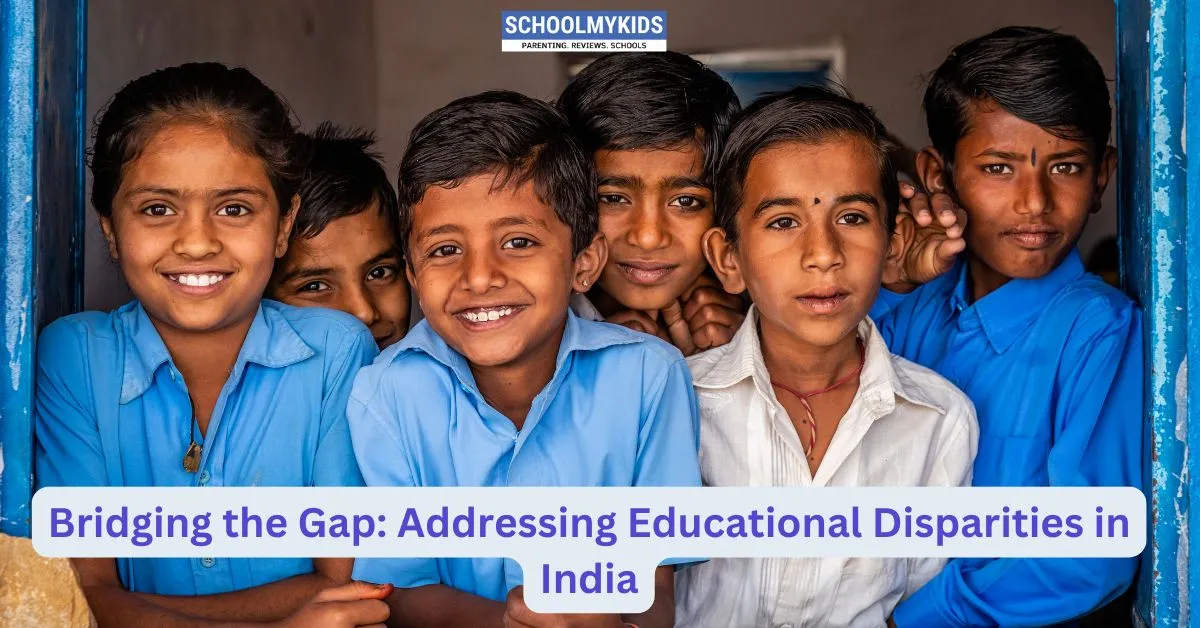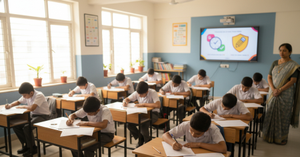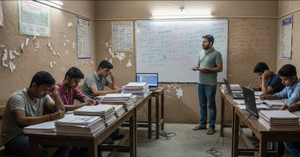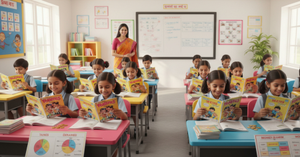Look, I've spent years watching India's incredible economic rise, but there's something that keeps nagging at me: while some kids are getting world-class education in gleaming urban schools, millions of others can barely access basic learning. It's not just unfair—it's holding back an entire generation of potential brilliance.
The Messy Reality of India's Education Divide
This isn't just about numbers on a page. The education gap in India is messy, complicated, and honestly, sometimes heartbreaking.
The Rural-Urban Thing? It's worse than you think. I visited schools in rural Maharashtra last year—no libraries, teachers who hadn't shown up in weeks, and classrooms that flood during monsoon season. Meanwhile, city kids get coding classes and debate clubs. How can we expect rural students to compete?
Money Talks. Let's be real—poverty crushes educational dreams faster than anything else. I'll never forget meeting 12-year-old Anita who desperately wanted to learn but spent her days working at a brick kiln instead. Her family simply couldn't afford the luxury of education. And don't get me started on how caste still silently determines who gets opportunities.
Girls Still Getting Left Behind. Yeah, we've made progress since my mom's generation, but visit rural Rajasthan or parts of UP, and you'll see how girls are still fighting ridiculous battles just to stay in school. Early marriage, safety concerns, even something as basic as lack of separate toilets—these aren't distant problems, they're happening right now.
The State Lottery. Born in Kerala? Lucky you! Born in Bihar? The educational odds just stacked against you dramatically. It's crazy how your birthplace still largely determines your educational destiny in 2025.
Kids with Disabilities? Talk about being forgotten. My nephew has autism, and finding a school that wouldn't treat him like an afterthought was a nightmare. Most schools lack ramps, trained teachers, or even basic understanding of different learning needs.
Why This Mess Exists?
This didn't happen overnight. The roots run deep.
School Buildings That Make You Weep. I've taught in classrooms where kids sat on dirt floors because there weren't enough benches. No electricity during summer heat waves. No running water. How can anyone learn like this?
The Teacher Crisis Nobody Talks About. Good teachers are India's unsung heroes, but they're drowning in problems—lousy pay, zero training, crushing bureaucracy, and political interference. Would you choose to teach in a remote village for ₹15,000 a month? The best and brightest rarely do.
The Money Trap. When your family is struggling to eat, textbooks seem like a luxury. I know families who desperately value education but simply can't afford the hidden costs—uniforms, supplies, transportation, not to mention lost income when a child studies instead of works.
Old Thinking Dies Hard. "Why educate girls when they'll just get married?" "Lower castes don't need higher education." These aren't views from 1950—I heard both statements last month from otherwise reasonable people.
Great Policies, Terrible Execution. India doesn't lack educational policies—we're drowning in them! But between corruption, bureaucratic red tape, and implementation chaos, they rarely reach those who need them most. The money mysteriously vanishes before reaching actual classrooms.
Silver Linings: What's Actually Working?
It's not all doom and gloom—I've seen some incredible bright spots.
Government Programs with Potential. Say what you will about bureaucracy, but initiatives like Samagra Shiksha Abhiyan have gotten millions of kids into schools who wouldn't be there otherwise. And the mid-day meal scheme? That single program keeps countless kids coming back day after day.
The NGO Heroes. Some of the most inspiring work happens in the shadows. Organizations like Pratham and Teach for India are doing the impossible with limited resources. I volunteered with an NGO in Jharkhand that transformed an entire village's attitude toward girls' education in just two years.
Tech to the Rescue? Maybe. During COVID, I watched my cousin's kids in a tiny Madhya Pradesh village access quality math lessons on basic smartphones. Technology isn't a silver bullet, but it's punching holes in geographic barriers like never before.
When Communities Step Up. The most successful schools I've seen have one thing in common: parents and community members who refuse to accept mediocrity. School management committees with real power are changing the game one village at a time.
The Road Ahead: No Easy Fixes
Let's cut the BS—there are no quick solutions here. But there is a path forward.
Show Me the Money! India spends far less on education as a percentage of GDP than many countries with similar economies. Until that changes, we're just putting band-aids on broken bones.
Teachers Need Love (and Resources). We need to make teaching prestigious again—better pay, serious training, and actually treating teachers like professionals instead of glorified babysitters.
Customized Solutions, Not Cookie-Cutter Programs. What works in Kerala won't necessarily fly in Manipur. We need targeted approaches that address the specific barriers different groups face—whether it's girls in conservative communities or first-generation learners.
Tech With Purpose. Let's leverage technology strategically—not just throwing tablets at kids and calling it "digital education." We need thoughtful integration that enhances teaching and reaches the unreached.
True Inclusion Is Hard Work. Creating schools that genuinely welcome every child—regardless of ability, background, or circumstance—requires fundamental rethinking of how we design educational spaces, train teachers, and structure learning.
Keep Score, But Make It Count. We're obsessed with educational statistics but terrible at using them to drive change. We need meaningful accountability that improves schools rather than just punishing them.
The Culture Shift. The hardest part? Changing deeply held beliefs about who deserves education and what it's for. This isn't just policy work—it's heart work.
Why All This Matters?
Here's the kicker—this isn't just about fairness or doing the right thing. India's future literally depends on getting this right. Every brilliant mind we waste through educational neglect is an innovation we'll never see, a problem solver we'll never benefit from, a leader who never emerges.
I dream of an India where a child's potential isn't determined by their zip code, gender, or family income. It's possible—I've seen too many success stories to believe otherwise. But it requires all of us—parents, teachers, officials, and citizens—to refuse to accept the status quo.
The question isn't whether India can afford to fix its educational divides. The real question is: can we afford not to?









Be the first one to comment on this story.